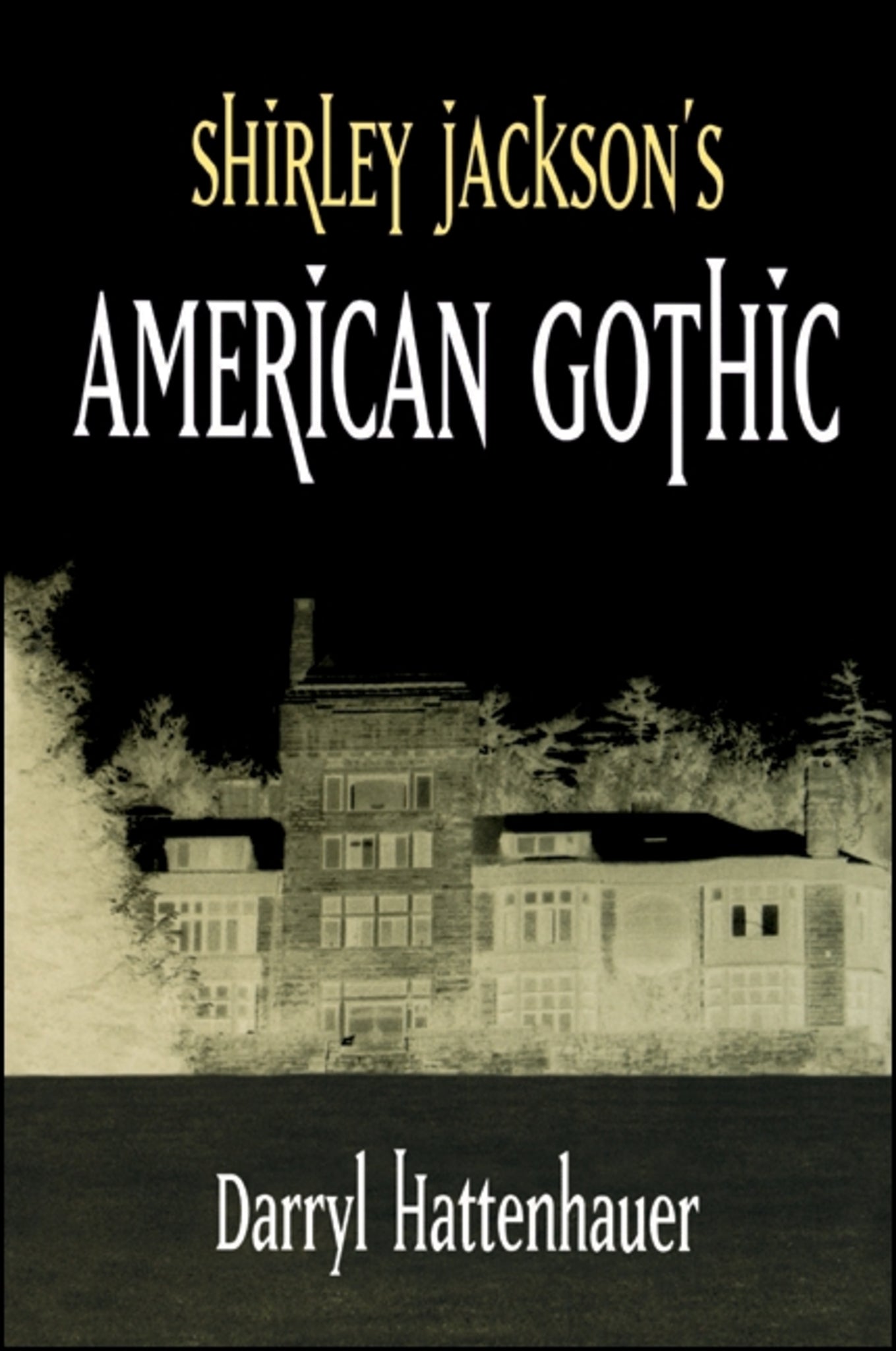We're sorry. An error has occurred
Please cancel or retry.
Shirley Jackson's American Gothic

Some error occured while loading the Quick View. Please close the Quick View and try reloading the page.
Couldn't load pickup availability
- Format:
-
16 January 2003

Argues that Jackson's anticipation of postmodernism ranks her among the most significant writers of her time.
Best known for her short story "The Lottery" and her novel The Haunting of Hill House, Shirley Jackson produced a body of work that is more varied and complex than critics have realized. In fact, as Darryl Hattenhauer argues here, Jackson was one of the few writers to anticipate the transition from modernism to postmodernism, and therefore ranks among the most significant writers of her time. The first comprehensive study of all of Jackson's fiction, Shirley Jackson's American Gothic offers readers the chance not only to rediscover her work, but also to see how and why a major American writer was passed over for inclusion in the canon of American literature.


Acknowledgments
Introduction: Shirley Jackson and Proto-Postmodernism
1. Some Conditions of Production
2. The Lottery or, The Adventures of James Harris (1949)
3. Come Along with Me: Part of a Novel, Sixteen Stories, and Three Lectures (1968)
4. Just an Ordinary Day (1996)
5. The Road Through the Wall (1948)
6. Hangsaman (1951)
7. The Bird’s Nest (1954)
8. The Sundial (1958)
9. The Haunting of Hill House (1959)
10. We Have Always Lived in the Castle (1962)
Afterword
Notes
Works Cited
Index



